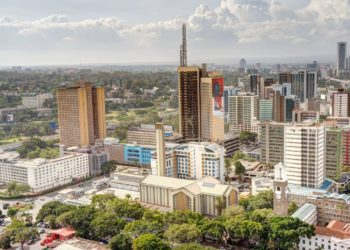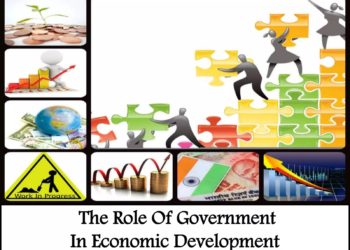A credit rating reflects a country’s ability to meet its financial obligations. For Kenya, this rating serves as an important signal to investors about the level of risk associated with lending to or investing in the country. In essence, it provides a snapshot of Kenya’s creditworthiness and overall financial stability. These ratings play a significant role in determining how both international and domestic investors perceive Kenya’s capacity to honor its financial commitments, directly influencing the country’s borrowing costs and access to global capital markets.
Credit ratings are determined through comprehensive evaluations conducted by major global agencies such as Standard & Poor’s (S&P), Moody’s Investors Service, and Fitch Ratings. As of 2025, Kenya’s credit rating remains below investment grade, though there have been encouraging signs of improvement. S&P Global Ratings recently upgraded Kenya’s long-term rating to “B” from “B-”, citing easing external liquidity pressures and more prudent fiscal management. Similarly, Moody’s affirmed Kenya’s rating at “Caa1” but shifted its outlook from negative to positive, acknowledging the government’s progress in stabilizing debt levels. Fitch Ratings, on the other hand, has maintained its rating at “B-” with a stable outlook.
The improvement in Kenya’s rating outlook can be attributed to several key factors. The country has strengthened its external position through steady diaspora remittances which recorded a 7.3% growth to KES 168.9 bn from KES 157.4 bn recorded in Q2’2024 and improved foreign exchange reserves. Fiscal reforms such as revenue mobilization, supported by the International Monetary Fund, have also helped enhance Kenya’s credibility with lenders. However, the rating agencies continue to highlight major challenges including high public debt, large fiscal deficits, and weak revenue performance. Kenya’s public debt of KES 12.2 tn remains high, meaning a significant portion of government revenue is used to service loans rather than fund development projects.
A major concern emphasized by credit rating agencies is Kenya’s limited revenue base. Despite efforts by the Kenya Revenue Authority to widen the tax net, the country still struggles to collect enough revenue to meet its growing expenditure needs. The government’s reliance on borrowing both domestically and externally to finance recurrent spending and infrastructure projects has increased its vulnerability to debt distress. To achieve a higher credit rating, Kenya must therefore focus on substantially improving its tax collection and reducing its dependence on debt.
Improving Kenya’s credit rating has broader implications for the economy and citizens. A higher rating means the government can borrow more cheaply, freeing up resources for essential services like healthcare, education, and infrastructure. It also creates a favorable environment for private investment by signaling economic stability and reducing inflationary pressures. Conversely, if Kenya fails to strengthen its revenue base and continues to rely heavily on debt, the risk of downgrades remains, which would make future borrowing more expensive and could weaken the shilling through reduced investor confidence.


















